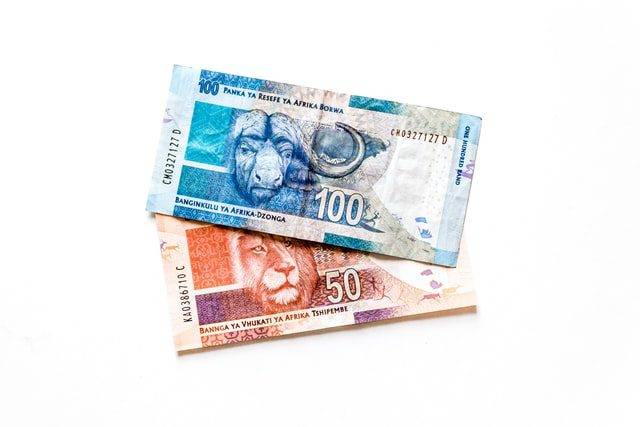South Africa’s Rand Strength Is Dimmed By An Emergency Budget

South Africa’s Rand encountered a reeling hit after the emergency budget was read on Wednesday, 24th of June, 2020. In what is christened as a severe shocker, the Rand dropped from 17.41 per dollar to 17.30 per dollar.
The Wednesday budget tabled by the Finance Minister Tito Mboweni painted the picture of a limping country. His speech was marred with emaciations anticipating a slippery and bumpy economic road 59 years after Independence. Mr. Mboweni was on record that the public debt is set to balloon and burgeon to 80% at the same time budget deficit would widen to 14.6% of Gross Domestic Product in 2020/2021.
The country has also witnessed fading hopes of quick economic recovery following the ravages cost by corona novel 19. Some analysts have decried the governments’ inability to layout plans which are crucial for revamping the economy. The economy was already in recession, since the last quarter of 2019. This had the net effect on the Rand, which has been on the resistance at 17.50 per dollar for quite sometimes.
The President’s stimulus package had no net effect on the economic stagnation, and the government remains disturbed by the market behaviour. President Cyril Ramaphosa bolstered the economy by wiring ZAR 500 Bn (USD 29 Bn) to cushion various sectors. With the massive economic contraction of at least 6.5%, this could not hive the country out of the crisis. Every day is turning to be a nightmare for Africa’s once-was economic hub.
Deutsche Bank analysts have also given the strongest indication of a dim future by warning that the market might be further devastated if no remedial actions are implemented. “While the market has certainly gotten used to disappointing budget updates, we think, the extent of deterioration in fiscal ratios will harm South Africa.” a Deutsche Bank analyst wrote in a note. Already, the tax revenues have collapsed, and foreign tourism is non-existent, making it quite challenging for the government to pool more funds.
The economic limbo is compounded by the prediction of the International Monetary Fund(IMF) that Africa’s most advanced economy would shrink by 8%. Going by the figures of the GDP, which is currently at 15.7%, it is projected that it will drop to 9.2% and 7.5% in 2021 and 2022, respectively. This will mark an unprecedented scenario, and the country might be plunged into a deep economic hole.
Some investors have also developed jittery owing to these unpredictable characteristics. Though Europe has ushered in hopes of global economic recovery, the risk sentiment in South Africa is not intertwined with these parameters.
Tradeweb data showed that several of the countries’ Eurobond sank to their lowest in a week to 0.6%, and this has amounted to low investment. However, some of the investors are looking to cash in on high yield on the Rand and local bonds with a strong conviction of better outcomes.
To combat all these misgivings and misfortunes, coupled with Covid-19, which has led to more than 100,000 infections and over 2000 deaths, the treasury needs to implement spending reductions amounting to ZAR 230 Bn in 2021/22 and 2022/23 followed by a further reduction in 2023/24 to stabilize the debt at 87.4% of the country’s GDP. This will also help in sustaining the yield on the government 2030 issue, which fell 17 basis points to 9.165%.
Photo by Sincerely Media on Unsplash